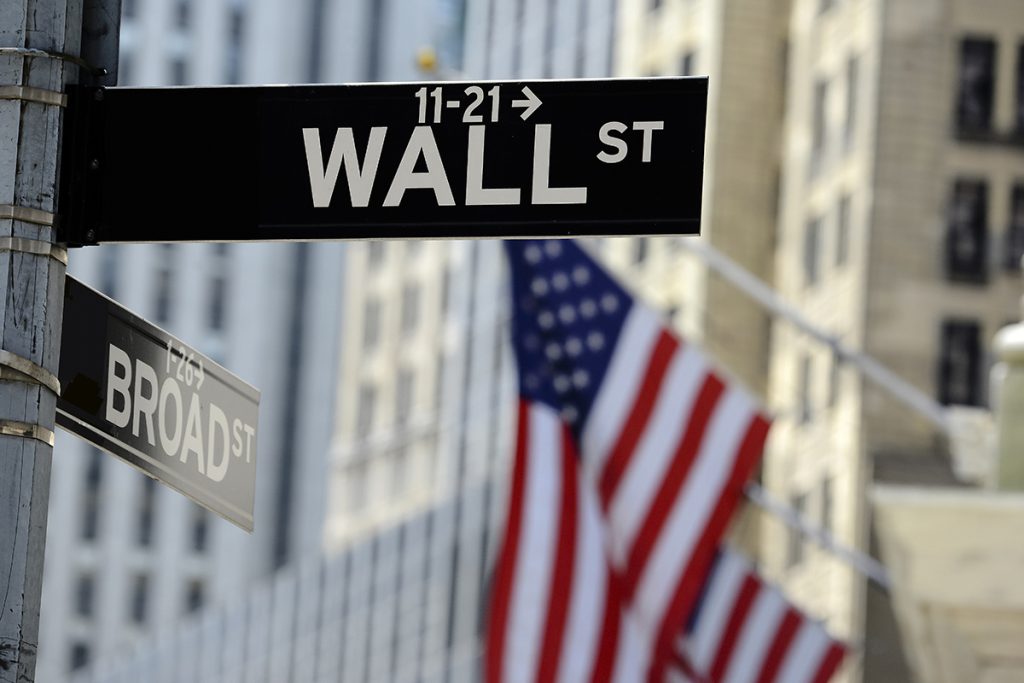U.S. stocks are experiencing a strong rebound after facing a significant downturn, with calm returning to Wall Street. This recovery aligns with Japan’s market surge, which managed to claw back losses from its worst day since 1987.
As of Tuesday morning, the S&P 500 rallied by 1.2%, breaking a brutal three-day losing streak. This recent uptick comes after the index had tumbled more than 6% due to weaker-than-expected economic reports. These reports had raised concerns that the Federal Reserve’s high interest rates, aimed at combating inflation, might have overly restricted the U.S. economy.
The Dow Jones Industrial Average saw a rise of 364 points, or 0.9%, while the Nasdaq composite increased by 0.8%. The majority of stocks climbed, in stark contrast to the previous day’s performance.
Several big U.S. companies reported stronger-than-expected profits, contributing to the market’s positive momentum. Kenvue, the company behind Tylenol and Band-Aids, saw a 13.5% increase in its stock price due to higher-than-expected profits, driven in part by higher prices for its products. Similarly, Uber’s stock jumped 7.4% after surpassing profit forecasts for the latest quarter. Caterpillar also managed to shift from an early loss to a 3.3% gain, despite reporting weaker revenue but stronger earnings than anticipated.
Several technical factors appear to have accelerated the recent market downturn. One significant factor originated in Tokyo, where the Bank of Japan’s decision to raise interest rates above virtually zero made borrowing more expensive. This move disrupted trades where investors had borrowed Japanese yen at low costs to invest elsewhere globally, leading to exits from those investments and accelerating market declines worldwide.
Japan’s Nikkei 225 surged by 10.2% on Tuesday, recovering much of its previous day’s 12.4% sell-off, which was its worst since the Black Monday crash of 1987. Stocks in Tokyo rebounded as the Japanese yen stabilized against the U.S. dollar after several days of sharp gains.
Analysts noted that the speed and magnitude of recent market movements were significantly influenced by traders’ positions rather than solely by economic concerns. Despite the market’s rebound, some analysts continue to urge caution, forecasting potential further drops due to a slowing U.S. economy and persistent inflation. For instance, Barry Bannister, a chief equity strategist at Stifel, predicts that both economic slowdown and inflation will be worse in the latter half of the year than many expect. He believes the U.S. stock market still appears overvalued compared to bond yields and other financial conditions.
Despite these concerns, the U.S. economy continues to grow, and a recession is not certain. The U.S. stock market remains up a healthy amount for the year so far. The Federal Reserve also indicates it has ample room to cut interest rates if the job market weakens significantly.
The S&P 500 has reached numerous all-time highs this year, partly driven by a frenzy around artificial intelligence technology. Critics argue that this enthusiasm has pushed stock prices too high, particularly for major tech companies like Nvidia and Apple. Recently, underwhelming profit reports from companies like Tesla and Alphabet have added to market pessimism, causing declines in Big Tech stocks. Nvidia, which had dropped nearly 19% from early July through Monday, saw a 3.2% rise on Tuesday. Apple, however, fell another 2.3%, exerting significant downward pressure on the S&P 500.
In the bond market, Treasury yields are rising slightly, recovering from sharp drops since April. The yield on the 10-year Treasury increased to 3.83% from 3.78% late Monday, having briefly dropped below 3.70% during Monday amid market fears and speculation about potential emergency rate cuts by the Federal Reserve.
Elsewhere, European markets showed mixed results. Stock indexes in Germany, France, and the United Kingdom were mostly flat or slightly down, indicating that the global rebound had a limited impact in those regions.
This positive turn in U.S. stocks highlights the market’s resilience and the influence of global economic factors. Investors remain cautiously optimistic, watching for further developments in both domestic and international markets.


